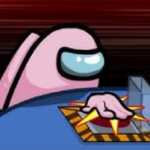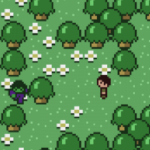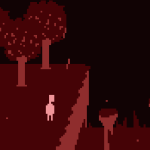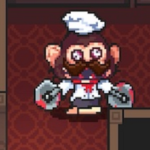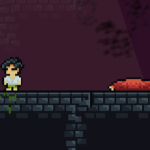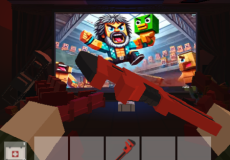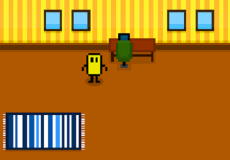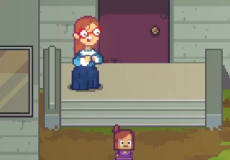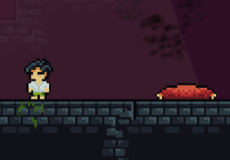

Kindergarten 1
Advertisement
The day begins in Kindergarten 1 as the player steps into the role of a young student entering a school that, at first glance, seems ordinary. However, as the day progresses, it becomes clear that the school holds secrets far darker than expected. Strange conversations, unusual tasks, and odd behavior from classmates and faculty set the tone for a story that unfolds through trial and error. The player must navigate a schedule filled with choices that affect outcomes. Whether assisting a peer, confronting a suspicious adult, or using a seemingly minor item in just the right way, every action counts. Success comes not from rushing ahead but from learning how each decision impacts the events that follow.
Advertisement
Similiar games
The day begins in Kindergarten 1 as the player steps into the role of a young student entering a school that, at first glance, seems ordinary. However, as the day progresses, it becomes clear that the school holds secrets far darker than expected. Strange conversations, unusual tasks, and odd behavior from classmates and faculty set the tone for a story that unfolds through trial and error. The player must navigate a schedule filled with choices that affect outcomes. Whether assisting a peer, confronting a suspicious adult, or using a seemingly minor item in just the right way, every action counts. Success comes not from rushing ahead but from learning how each decision impacts the events that follow.
Discovering Secrets Through Repetition
One of the defining features of Kindergarten 1 is its structure, which resets the school day after each attempt. The player’s knowledge, not their inventory, carries over, encouraging experimentation and exploration. Progress relies on recognizing character patterns, remembering dialogue paths, and identifying which objects unlock new scenarios. By replaying the same day repeatedly, players begin to piece together how different storylines intertwine. Some routes are lighthearted, while others uncover disturbing details about the school and its staff. There’s a strategic element to planning the day—certain objectives must be completed in a specific order, while others are only accessible if earlier decisions have been made correctly.
Essential Strategies to Advance
To progress in Kindergarten 1, players will need to keep several core strategies in mind:
· Talk to every character and exhaust all dialogue options
· Observe where characters move throughout the day
· Experiment with giving or using items at different times
· Follow different questlines across separate runs
· Combine discoveries from failed attempts to unlock new paths
These tactics are not optional—they are necessary to unlock new content and gradually reveal the deeper story hidden beneath the school’s surface.
Characters With Their Own Agendas
The game is populated by a wide range of characters, each with unique behaviors and goals. Some students offer help, while others present challenges or distractions. Adults such as the janitor and the principal are not just background figures—they play critical roles that can either assist or obstruct the player, depending on how they are approached. Trust must be earned cautiously, as some characters react violently or unexpectedly when provoked. Unlocking each individual storyline reveals more about the character in question and connects to broader events happening in the school. What appears to be a simple day in class transforms into a network of interwoven secrets and motivations.
Discuss Kindergarten 1


